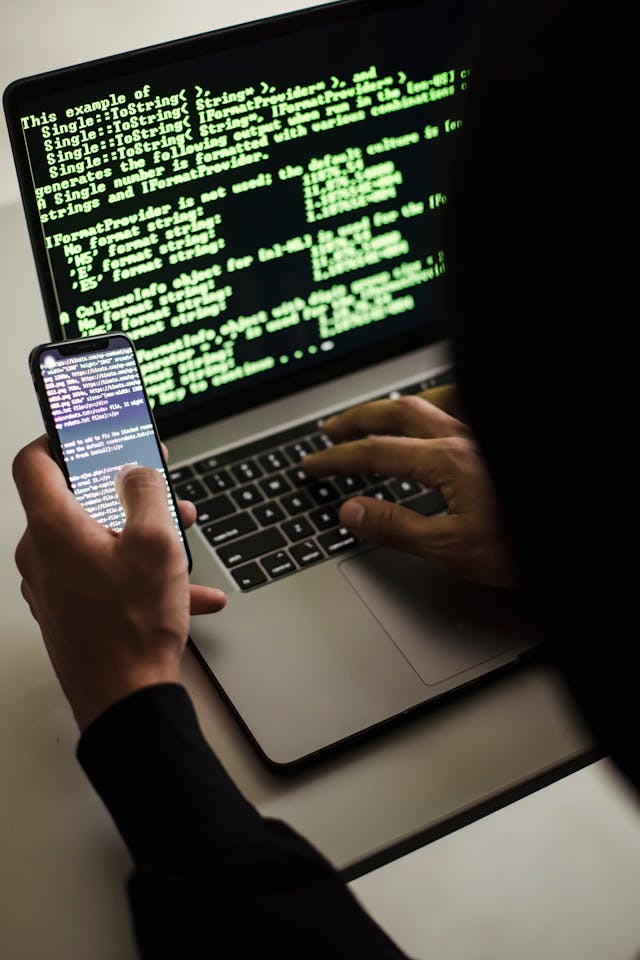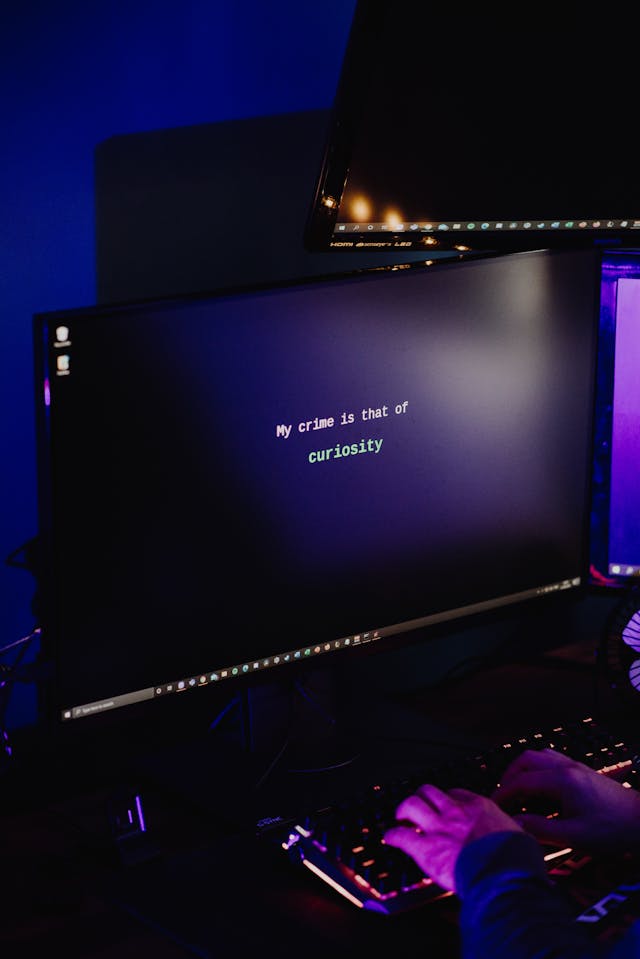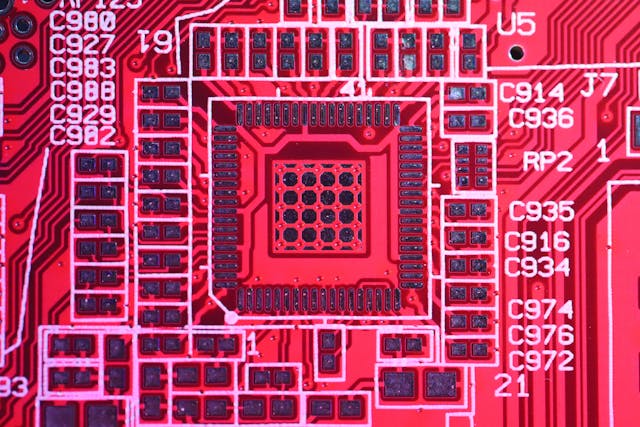August 5, 2024 by daud kkk
Quantum registering holds the commitment of taking care of complicated issues that are obstinate for old style PCs. Nonetheless, the sensitive idea of quantum states makes them profoundly powerless to mistakes from ecological associations, flawed quantum entryways, and different sources. Quantum mistake amendment (QEC) is fundamental for building strong quantum PCs that can perform long and exact calculations. This article investigates the standards, strategies, and meaning of quantum mistake adjustment in the mission to accomplish shortcoming open minded quantum calculation.
The Test of Quantum Blunders
Quantum PCs work on qubits, which, in contrast to traditional pieces, can exist in superpositions of states. This extraordinary property permits quantum PCs to perform equal calculations. In any case, qubits are intrinsically delicate because of their helplessness to decoherence (loss of quantum soundness) and other quantum clamor, which can upset their state.
Kinds of Quantum Blunders:
- Bit-flip mistakes: Where the condition of a qubit flips from (|0\rangle) to (|1\rangle) or the other way around.
- Stage flip blunders: Where the period of the qubit state is changed.
- Bit-stage flip blunders: A mix of spot flip and stage flip mistakes.
- Depolarizing blunders: General mistakes that can be any mix of spot flip, stage flip, or both.
These blunders can aggregate after some time, making it pivotal to distinguish and address them to safeguard quantum data.
Essentials of Quantum Mistake Rectification
QEC includes encoding quantum data in a manner that considers the recognition and revision of blunders without estimating and subsequently obliterating the quantum data itself. This is accomplished by disseminating quantum data across numerous physical qubits.

Quantum Mistake Revision Codes (QECCs):
- Shor Code: The principal quantum mistake remedying code, formulated by Peter Shor, encodes one qubit into nine qubits. It can address for erratic single-qubit blunders.
- Steane Code: Uses seven qubits to encode one qubit, adjusting for inconsistent single-qubit blunders and showing the appropriateness of traditional mistake amendment procedures (like Hamming codes) to the quantum domain.
- Surface Codes: These are topological codes that organize qubits on a 2D network, offering a useful way to versatile quantum calculation because of their high adaptation to non-critical failure and somewhat low above. The Course of Quantum Blunder Remedy
Encoding:
Quantum data is encoded into a bigger Hilbert space. For example, a sensible qubit (the quantum data) is encoded utilizing a few physical qubits.
Condition Estimation:
Without estimating the quantum state straightforwardly, QEC estimates blunder conditions — amounts that demonstrate the presence and kind of mistake. This includes auxiliary qubits that collaborate with the physical qubits and afterward are estimated to accumulate mistake data.
Blunder Revision:
In light of the disorder data, explicit tasks (quantum doors) are applied to address the blunders, consequently reestablishing the expected quantum state.

Quantum Blunder Amendment Strategies
- Bit-Flip Code:
- Most straightforward structure, utilizing three qubits to encode one coherent qubit.
- Distinguishes and revises a solitary piece flip blunder.
- Model: Encode (|0\rangle) as (|000\rangle) and (|1\rangle) as (|111\rangle). In the event that one qubit flips, greater part casting a ballot can address it.
- Stage Flip Code:
- Like piece flip yet rectifies stage blunders.
- Utilizes three qubits to distinguish and address a solitary stage flip blunder.
- Shor Code:
- Joins bit-flip and stage flip adjustment.
- Utilizes nine qubits to safeguard one sensible qubit.
- Rectifies any erratic single-qubit mistake.
- Linked Codes:
- Utilizes numerous layers of encoding to address higher-request mistakes.
- Sensible qubits from one layer become physical qubits for the following layer.
- Surface Codes:
- Orchestrate qubits in a 2D cross section.
- Offer down to earth mistake rates and less difficult blunder adjustment methods.
- Blunders are revised utilizing a blend of neighborhood estimations and traditional handling. Difficulties and Advances in Quantum Blunder Revision

Asset Above:
One significant test of QEC is the huge asset above. Encoding a solitary intelligent qubit can require handfuls or even a great many physical qubits, contingent upon the mistake rates and the kind of code utilized. Growing more proficient codes with lower above is a continuous area of examination.
Blunder Edge:
For a quantum PC to be shortcoming lenient, the mistake rate per activity should be under a specific limit. Surface codes, for example, have a generally high blunder limit (~1%), making them promising possibility for reasonable execution.
Actual Execution:
Carrying out QEC requires exact command over qubits and high-loyalty quantum entryways. Progresses in qubit advancements, for example, superconducting qubits, caught particles, and topological qubits, are urgent for acknowledging commonsense QEC.
Shortcoming Open minded Quantum Doors:
Building entryways that work accurately in any event, when a portion of their constituent tasks come up short (because of mistakes) is another test. Procedures, for example, enchantment state refining and door instant transportation are being created to address this.
Meaning of Quantum Blunder Remedy
Empowering Long Calculations:
Without QEC, quantum calculations would be restricted to extremely brief terms because of the fast amassing of blunders. QEC expands the reasonable calculation time, considering more complicated calculations to be executed.
Versatility:
QEC is fundamental for increasing quantum PCs to deal with pragmatic, genuine issues. As the quantity of qubits builds, the probability of blunders develops, requiring hearty mistake revision components.

Quantum Incomparability and Then some:
Accomplishing and outperforming quantum incomparability (performing errands unimaginable for old style PCs) depends on QEC to keep up with the trustworthiness of quantum data all through the calculation cycle.
Future Headings
Crossover Approaches:
Consolidating quantum mistake remedy with old style blunder alleviation methods can work on by and large execution. Crossover quantum-old style calculations are being investigated to adjust the computational burden among quantum and traditional processors.
AI for QEC:
Applying AI strategies to streamline mistake adjustment conventions and foresee blunder designs is an arising area of examination. These strategies can improve the proficiency and viability of QEC.
Propels in Qubit Innovation:
Improvements in more vigorous qubit plans, for example, topological qubits, which are innately safeguarded against specific kinds of mistakes, could lessen the dependence on blunder remedy and work on execution.
Worldwide Cooperation:
Progress in QEC requires cooperation across disciplines, including physical science, software engineering, and designing. Global endeavors and open exploration drives are driving advancement in this field.
End
Quantum blunder revision is a foundation of quantum registering, tending to the inborn delicacy of quantum states and making ready for functional, huge scope quantum PCs. As exploration propels, QEC will keep on advancing, carrying us closer to understanding the maximum capacity of quantum registering and opening new wildernesses in science and innovation. By defending quantum data, QEC guarantees that the commitment of quantum registering can be satisfied, conquering perhaps of the main obstacle in this extraordinary field.Categories
